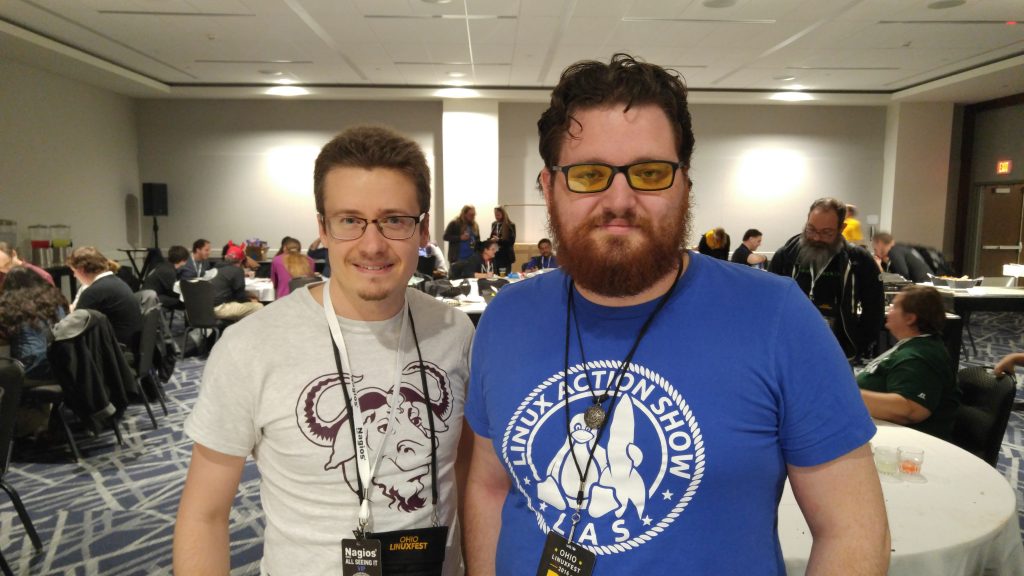First, an independent review of PAM Mastery, from nixCraft. The book took bloody forever to write, but from the reviewer’s comments like “Once again Michael W Lucas nailed it,” apparently the end result was decent.
Not sucking is good. I like not sucking.
Next up: something I can see myself linking back to in the future.
I normally don’t link to Amazon reviews here, but a review on a short story compels me to make a general comment.
This story is billed as “a DevOps murder mystery.” I’m writing another, a novel called $ git commit murder. (Yes, the dollar sign is part of the title–otherwise, git might be running as root, and when you’re trapped into using git you don’t do it as root. Sheesh!)
I mention a lot of different software in these pieces. Some of it’s real. Some of it’s imaginary, or clear plays off of stuff that exists. It’s pretty easy for readers in the software world to figure out where SkyBSD and CoreBSD fall in the open source ecosystem.
But here’s the important thing about murder mysteries:
People kill other people in them. Most often, deliberately.
Real people killing each other… is not funny.
I’m not going to write something where a developer on a real project goes on a killing spree. That’s happened in the real world. Projects don’t come back from that. And yes, it has to be a spree. Novels require more than one murder.
Plus, I know a lot of people in these communities. Many of them are my friends, and I respect most of the remainder. (Sorry, HB.) The characters in these pieces are like people I know, but they are not those people.
Wearing my fiction author hat, I sometimes need organizations to behave in ways that the real organizations don’t. Murder requires strong motivation. One of the earmarks of successful real-world open source projects is that they’ve learned how to get along without literally killing each other.
I mean, imagine if I wrote a piece of fiction claiming that OpenBSD was contemplating a switch to GPLv3? You’d either throw the book across the room or laugh until you soiled yourself. Neither is the appropriate reaction for a murder mystery.
I have to invent new projects, so they can behave as the story needs.
So I invent projects much like real projects. These projects have different areas of focus than the real projects, so that they’re not just a renamed Debian. They need different focuses and different purposes while retaining enough that the reader will believe they’re a real open source project in a parallel universe.
And then my imaginary friends wander in and pick the project that suits them.
And then they kill each other.
Because, despite the rumors, I’ve never killed a real person. There’s no evidence to say otherwise, at least.


